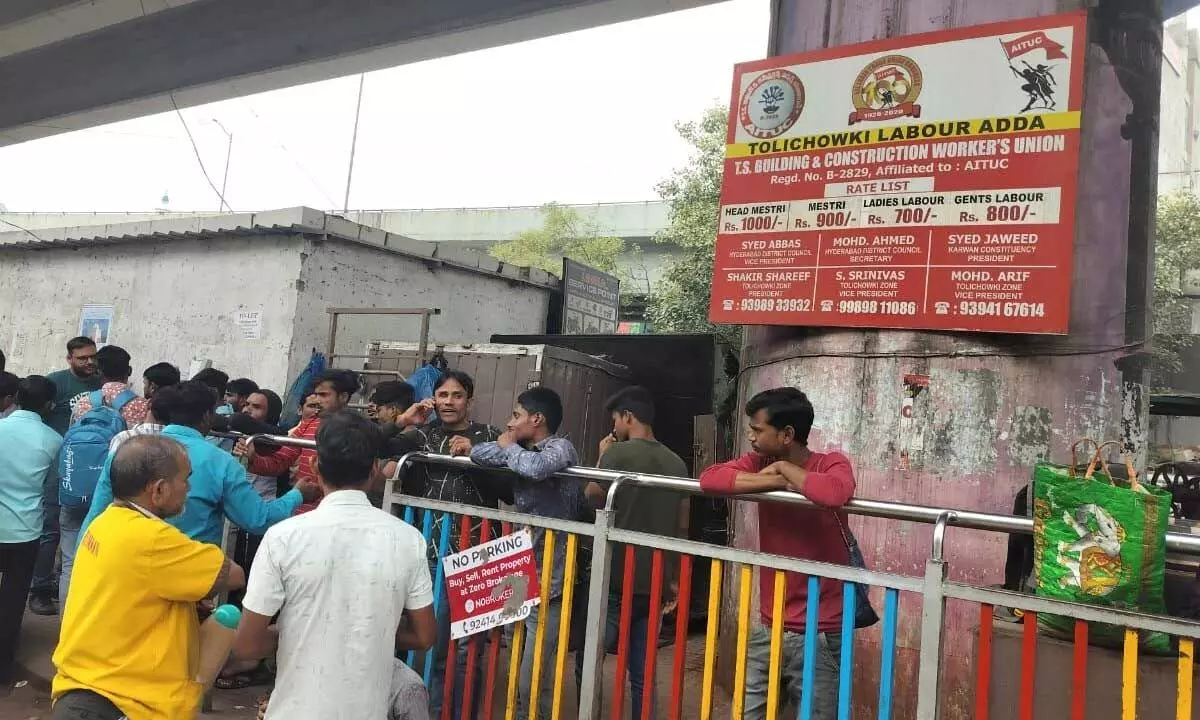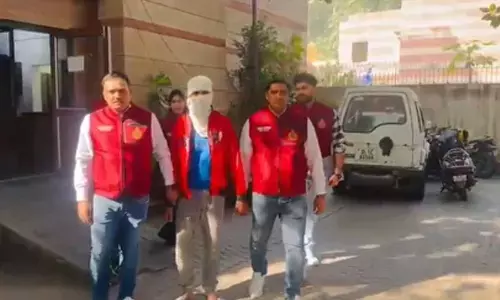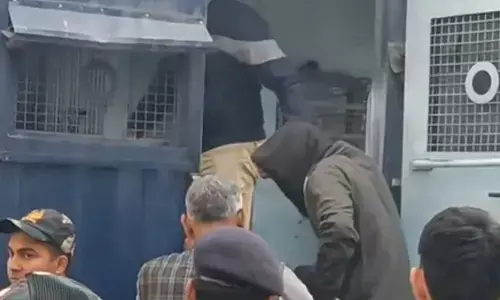Navigating challenges of urban poor in India

As India enters the 21st century, internal migration is reshaping the nation's social, economic and political landscape
As India enters the 21st century, internal migration is reshaping the nation's social, economic and political landscape. With a diverse culture and variegated geography, the country is experiencing a large-scale migration of people across the states. Recent data reveals staggering figures. As of Census 2011, the total number of inter-state migrant workers in the country stands at 4,14,22,917, with some non-governmental organizations and research institutions estimating this number to be around 80 million in 2022.
Persistent risks faced by migrant workers, spanning years if not decades, have worsened due to the recent pandemic. The scarcity of work and declining wages intensify their plight. The International Labour Organization (ILO) estimates a significant 22.6% wage decline for migrant workers post-lockdown. A survey conducted across 179 districts in India from May 30 to July 16, 2020, unveils a distressing reality – around 35% of migrants experienced a day without a single meal. This alarming revelation emphasises the immediate need for coordinated efforts to address the diverse challenges confronting migrant workers, especially considering the extensive consequences of the pandemic.
The vulnerability of migrant workers became evident during the Covid-19 lockdown, where millions were stranded in cities without shelter or employment. Their resilient journeys on foot, covering miles due to insufficient transportation, highlighted their challenges. Philanthropists and civil society organizations rallied to assist these workers, but the aftermath of the crisis continues to impact their lives. Despite the pandemic's waning effects, migrant workers, particularly in cities like Hyderabad, face new problems and challenges as India enters the demographic dividend phase.
Hyd's Melting Pot
Hyderabad, with its rich history and diverse culture, attracts migrants from various parts of India, contributing to the city's vibrant diversity in languages, traditions, and cuisines. Census 2011 highlights Hyderabad's prominence, with 64.3% of its population being migrants. The Telangana Building and Other Construction Workers Welfare Board reports that 30% of the registered labourers in Telangana, totalling 2,11,846, work in Hyderabad. Notably, over 50% of these workers are from Telangana, while the rest migrate from different states. Areas like Murad Nagar, Tolichowki, LB Nagar, Yusufguda, Gachibowli, Vijay Nagar, among others, have become major labour hubs, locally called ‘labour addas’ for migrant workers.
In the early morning hours, the streets of Hyderabad witness a familiar inquiry – "Are you in need of labourers?". Around 300 to a thousand labourers gather, equipped with tiffin boxes and tools, eagerly seeking employment opportunities. This daily routine reflects the resilience and determination characterizing the spirit of labour in Hyderabad. A recent study by the Centre for Economic and Social Studies (CESS) sheds light on the challenges faced by most migrants, emphasizing their status as daily wage earners with meagre incomes. The study reveals impoverished living conditions, including dilapidated housing, unhygienic surroundings, and a severe lack of basic amenities like clean water and electricity. Many migrant workers live in makeshift slum dwellings, dealing with inadequate sanitation facilities and often resorting to open defecation due to the absence of lavatories.
Intense Competition
In addition to the regular conventional problems, migrants hailing from southern states, particularly the sizable Telugu-speaking community, encounter intense competition from their counterparts from northern states. This is exacerbated by the willingness of northern migrant workers to accept significantly lower wages compared to the wages agreeable to the locals. One migrant articulates the predicament succinctly, stating, "Migrant workers from Northern states are willing to work at two-thirds of the wages we generally accept. As a result, employers are inclined to prefer them, leaving us sometimes with no work opportunities by end of the day." Northern migrants, often unmarried and sharing communal living and cooking space, can accept lower wages, presenting a challenging scenario for local migrants who incur higher cost of living as they have relocated with their families. This dual burden of reduced work availability and lower wages makes life difficult for local migrant workers in the competitive labour landscape. The severity of conflict is erupting into clashes between the local and outside migrant workers in labour addas in Hyderabad and towns in Telangana.
Circular Migration
Migrant workers often exhibit enduring ties to their native places, a phenomenon known as circular migration. In this pattern, migrants don't permanently settle in the cities they move to; instead, they cyclically return to their native areas for short periods each year, repeatedly embarking on work-related journeys to the city. This dual identity supports them economically, socially, and culturally but poses barriers in accessing certain government welfare schemes, education, and health services.
Female migrant workers, the most vulnerable in the migrant labour sector, face additional risks like wage disparities, employment discrimination, and workplace harassment. Studies highlight that these women, along with their children, not only suffer from a lack of basic amenities but also undergo a loss of dignity due to the inherent complexities in the migration process.
Demographic Dividend
India's demographic dividend, spanning from 2018 to 2055 during the Amrith Kal, aims to elevate the nation globally by utilizing its significant young workforce. However, imbalances between the North and South in age profiles, fertility rates, and labour opportunities pose potential obstacles. Data from the National Sample Survey (NSS) and India Human Development Survey (IHDS) underscore the contribution of migrant labourers, often from economically deprived rural backgrounds and marginalized social groups, to this challenge.
Achieving inclusive development, as envisioned in "Sab Ka Saath Aur Sab Ka Vikas," requires ending the exclusion of migrant labour from urban welfare programmes. While initiatives like Garib Kalyan Rojgar Abhiyaan, portability of ration cards, and Pradhan Mantri Ujjwala Yojana (PMUY) 2.0 have been implemented, a comprehensive, long-term approach is crucial. This framework should address the socio-economic challenges faced by migrant workers, aligning with the broader goal of ensuring inclusive growth and societal well-being.
(Devendra is a Research Scholar, and M B Bhushan is a Research Consultant at Centre for Economic and Social Studies (CESS), Hyderabad.
















